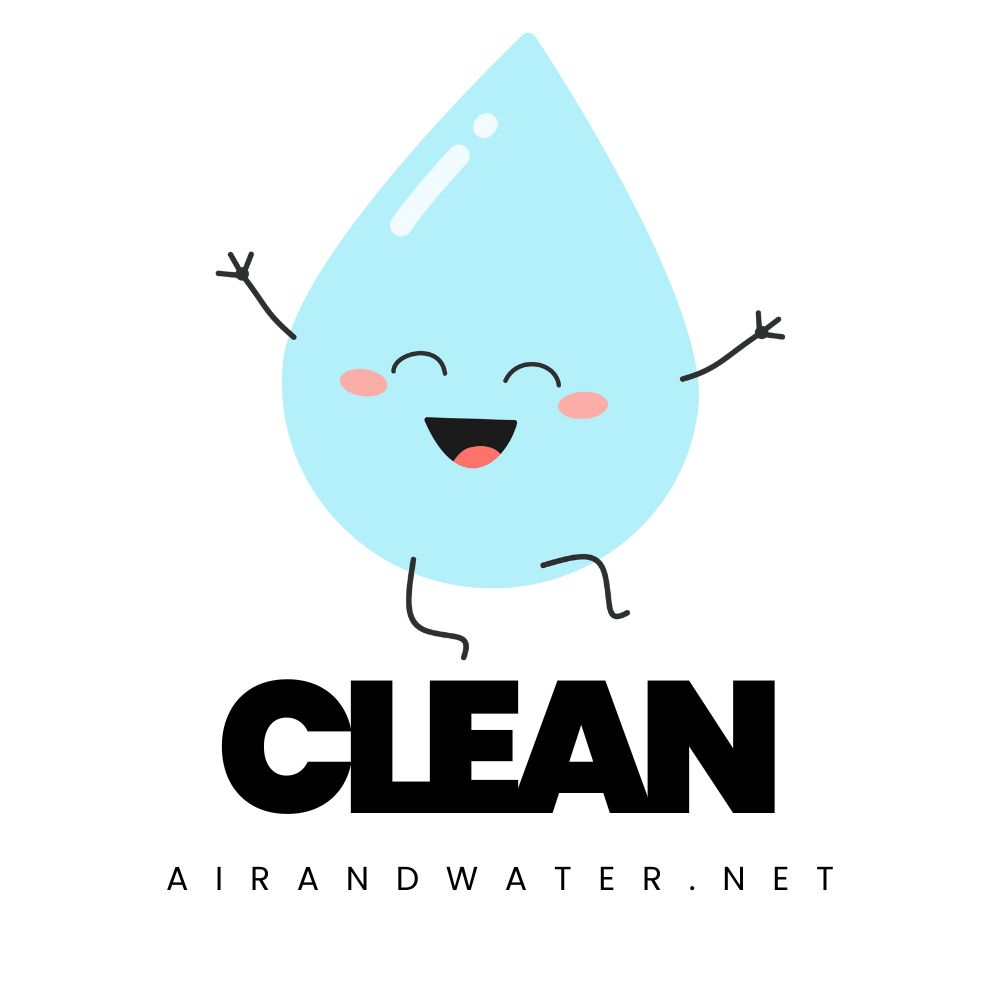Denver Water Quality at a Glance
some concerns
Is Denver Water Safe to Drink?
Generally Yes – Denver Water meets all federal and state standards with excellent mountain snowmelt sources. The utility conducts over 145,000 tests annually and has no detectable PFAS contamination. Minor concerns include chromium-6 levels above California’s health advisory and disinfection byproducts from chloramine treatment.
⚠️ Key Considerations for Denver Residents
- Chromium-6: Averaging 37.8 ppt, above California’s 20 ppt health advisory level (though not federally regulated)
- Lead Service Lines: Homes built before 1951 may have lead pipes; Denver Water replacing all by 2035
- Disinfection Byproducts: Chloroform and haloacetic acids present from chloramine disinfection
- Chloramine Taste: Unlike chlorine, chloramine taste doesn’t fade when refrigerated overnight
Read the full report below for detailed analysis, city-specific data, and actionable recommendations for Denver residents.
Denver – Colorado Water Quality Report 2025: PFAS Testing, Infrastructure Concerns & Safety across your city
Denver Water, one of the nation’s oldest water utilities founded in 1918, serves over 1.5 million people across Denver and surrounding communities through a sophisticated system that includes approximately 3,000 miles of water mains, three treatment plants (Foothills, Marston, and Moffat), and multiple collection systems. The utility delivers water from high-quality mountain snowmelt sources collected across 4,000 square miles of watersheds on both sides of the Continental Divide.
Denver’s water supply comes from mountain reservoirs including Dillon, Eleven Mile Canyon, Cheesman, Antero, and Gross, along with the South Platte River system and tributaries to the Fraser River and Williams Fork River. This geographic diversity provides flexibility and reliability during varying weather conditions. Denver Water has earned national recognition for its comprehensive water management approach, including aggressive conservation programs that have helped customers reduce water use significantly despite population growth. The utility’s commitment to sustainability includes extensive watershed protection, innovative demand management, and climate resilience planning.
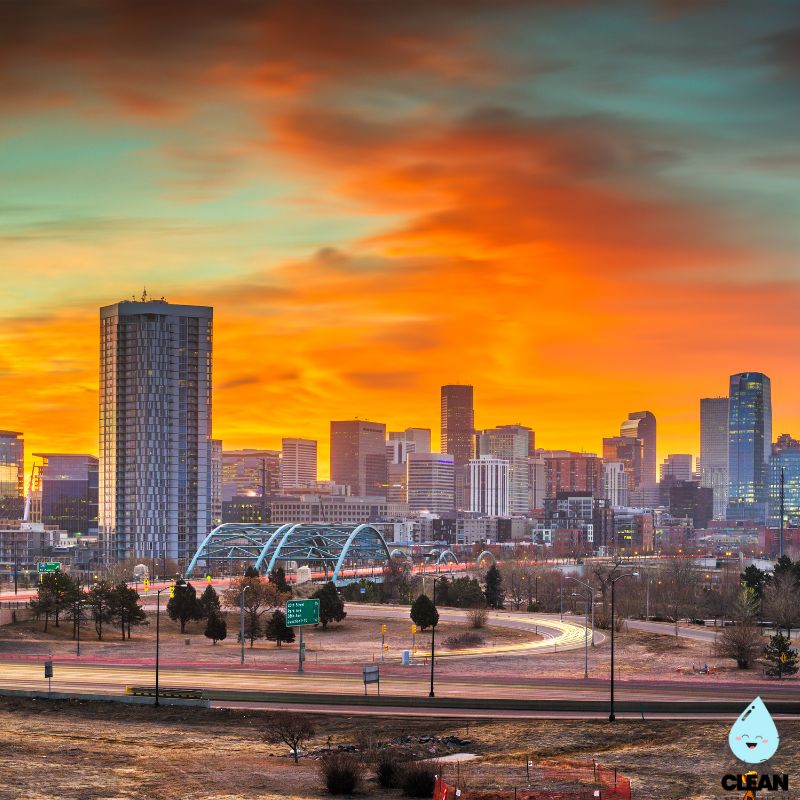
Denver Water Quality: Current Status (2024-2025)
Latest Testing Results
- Lead Levels: The most recent testing period (January-December 2023) showed 90th percentile lead levels of 3.5-3.9 parts per billion (ppb), well below the EPA action level of 15 ppb, reflecting effective corrosion control and water chemistry management.
- Testing Scope: Denver Water conducts approximately 145,000 water quality tests annually across its service area, collecting over 55,000 samples from treatment facilities and throughout the distribution network.
- Compliance Status: Denver’s water meets or exceeds all federal and state drinking water standards, maintaining full compliance with EPA and Colorado Department of Public Health and Environment regulations.
Mountain Watershed Sources
- South Platte Basin: Primary source including upper South Platte River and tributaries, with water stored in mountain reservoirs providing consistently excellent quality from protected watersheds.
- Blue River and Fraser Systems: Water from the upper Blue River and Fraser River tributaries, transported to the metro area through Denver Water’s complex system of streams, canals and pipes.
- 100% Surface Water: Unlike many utilities, Denver Water relies entirely on surface water sources from high-elevation mountain snowmelt, avoiding groundwater contamination risks.
Advanced Treatment Technology
- Multi-Barrier Treatment: Five-step treatment process including coagulation/flocculation, sedimentation, filtration through anthracite coal, disinfection with chloramines, and corrosion control.
- Corrosion Control: Optimized pH management with alkaline substances to reduce corrosion in distribution systems and household plumbing, preventing lead leaching.
- PFAS Monitoring: Comprehensive testing since 2017 shows no detectable PFAS compounds above EPA regulatory limits, with all 29 tested compounds below reporting levels.
Water Conservation Leadership
- Efficiency Progress: Denver Water serves 25% of Colorado’s population with less than 2% of all water used in the state, demonstrating exceptional efficiency in water distribution and use.
- Smart Technology: Advanced meter technology and leak detection systems help customers monitor usage and identify potential problems before they impact bills.
- Rebate Programs: Comprehensive rebate programs for water-efficient appliances, irrigation systems, and landscape improvements that help customers reduce consumption.
Climate Adaptation and Infrastructure
Denver Water’s comprehensive planning projects supply needs through 2050, incorporating climate change scenarios and population growth. The utility has invested significantly in pipe replacement programs, including the Lead Reduction Program approved in 2019 to replace all lead service lines by 2035. Major infrastructure includes five mountain reservoirs with a total capacity of over 700,000 acre-feet, providing critical drought resilience for Colorado’s Front Range. Denver’s proactive approach to climate adaptation includes extensive watershed protection, snowpack monitoring, and regional collaboration on water management during varying weather conditions.
Recommendations for Denver Residents
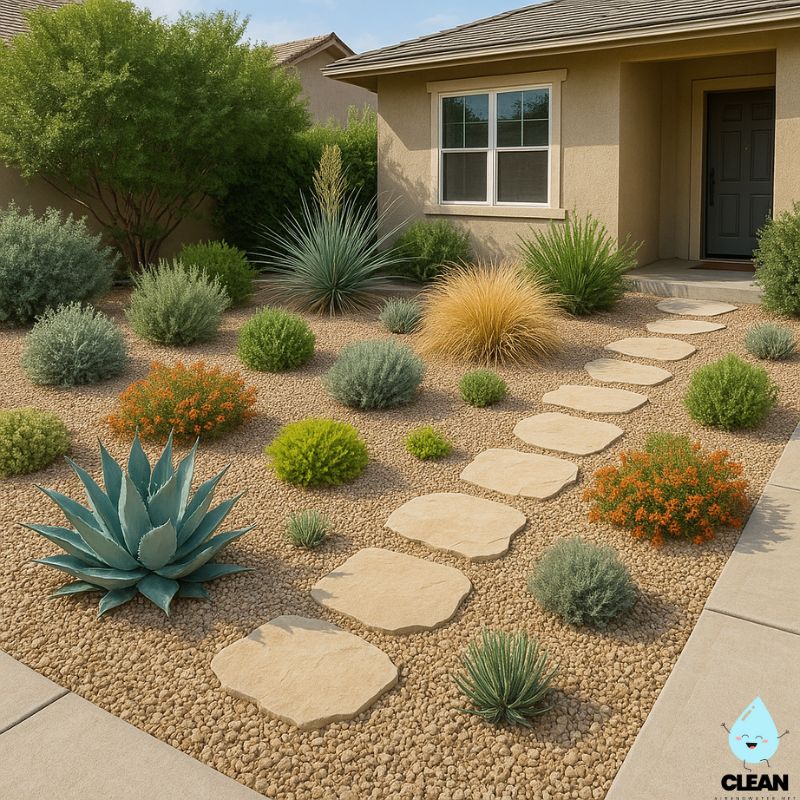
Embrace Xeriscaping
Replace water-intensive lawns with drought-tolerant native plants. Denver Water offers rebates for turf removal and landscape transformations to help customers reduce outdoor water use.

Install Smart Irrigation
Upgrade to weather-based smart irrigation controllers that adjust watering based on actual conditions. Check with Denver Water for current rebate programs and water-saving incentives.
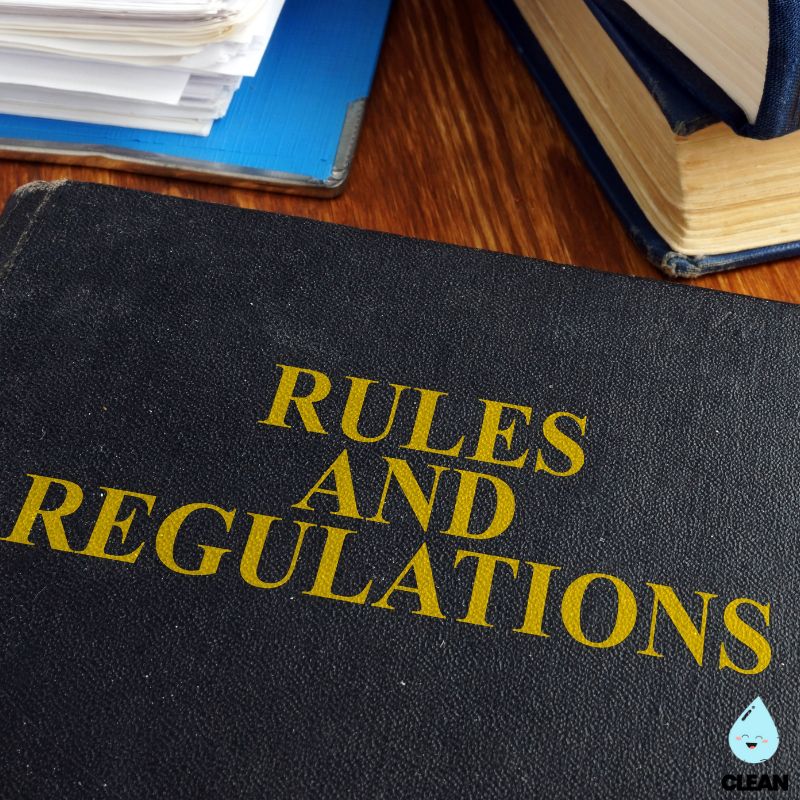
Follow Water Rules
Adhere to year-round watering restrictions designed to promote water efficiency. Check denverwater.org for current watering schedules and any seasonal restrictions that may be in effect.
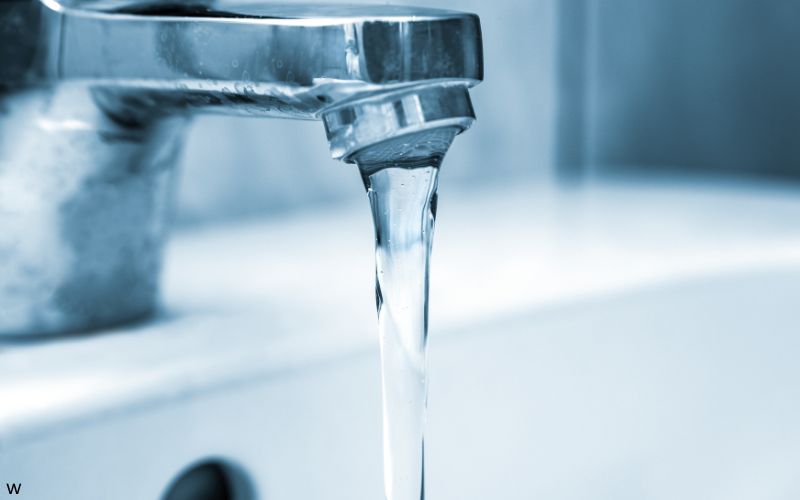
Use Cold Tap Water
Always use cold water for drinking and cooking. Run water for 1-2 minutes in the morning or after extended periods of non-use to ensure freshness, especially in homes built before 1951 that may have lead service lines.

Monitor Your Usage
Register for My Water Account to track consumption, detect leaks, and set conservation goals. Smart meter data helps identify unusual usage patterns before they impact your bill.
Quality News About Your Water
Get the comprehensive water quality news coverage you need with our dedicated US Water News Service. From coast to coast, we deliver in-depth reporting and expert analysis on PFAS contamination, EPA regulatory changes, infrastructure developments, and emerging water safety issues affecting communities nationwide. While mainstream media only covers the biggest stories, we provide the detailed, ongoing coverage that helps you understand the full scope of America’s water challenges. Whether you’re a concerned citizen, water professional, or community leader, our daily updates and analytical insights keep you informed about the issues that matter most to public health and environmental safety.
Frequently Asked Questions
Is Denver’s tap water safe to drink?
Yes, Denver’s tap water is safe and meets all federal and state drinking water standards. Our water comes from protected mountain watersheds and undergoes comprehensive treatment including coagulation, sedimentation, filtration, disinfection with chloramines, and corrosion control.
Denver Water conducts approximately 145,000 water quality tests annually and publishes detailed results in our annual Water Quality Report. Lead testing shows levels well below EPA limits (3.5-3.9 ppb vs. 15 ppb action level). While our water is safe, residents in homes built before 1951 may want to test for lead as a precaution. Free testing kits are available through Denver Water.
Why does Denver’s water taste different at times?
Denver sources water from multiple mountain locations with varying mineral content. You may notice taste differences when we switch between sources based on availability and water quality. For example:
• Mountain snowmelt tends to have fewer minerals with a cleaner taste
• Different reservoir sources may have slightly varying mineral profiles
• Seasonal changes can affect organic content and taste
Chloramine levels (our disinfectant) may also be adjusted as needed for water quality. All variations are safe and meet quality standards. If you prefer filtered water, any NSF-certified carbon filter will improve taste while maintaining safety.
How is Denver Water preparing for drought?
Denver Water has implemented a comprehensive drought resilience strategy:
• Diverse water portfolio: Five mountain reservoirs with over 700,000 acre-feet of storage capacity reduce dependence on any single supply
• Conservation programs: Helping customers use water more efficiently through rebates and education
• Smart technology: Advanced meters and leak detection minimize water loss throughout the system
• Regional cooperation: Collaboration with neighboring utilities and water agencies
• Climate planning: Long-term planning based on snowpack projections and climate change scenarios
These measures help ensure reliable water supply for the growing Front Range population through varying weather conditions.
What are Denver’s current water restrictions?
Denver maintains year-round water restrictions designed to promote efficiency. Current restrictions may vary based on seasonal conditions and water supply status:
Typical Year-Round Guidelines:
• Follow watering schedules based on address numbers
• Avoid watering during peak heat hours (typically 10 AM to 6 PM)
• Water only when needed, not on scheduled days if recent precipitation occurred
Common Exemptions:
• Hand watering with shut-off nozzle
• Drip irrigation systems
• Newly seeded/sodded areas (limited time period)
Always check denverwater.org for current restriction levels and specific requirements, as rules may change based on weather and supply conditions.
Contaminants of Concern

Lead
Source: Primarily from older household plumbing, lead solder, and service connections in homes built before 1951 and plumbing with lead solder from homes built before 1987
Health Effects: Developmental delays in children, reduced IQ, learning difficulties, kidney problems, cardiovascular effects in adults
Current Levels: 90th percentile values of 3.5-3.9 ppb, well below EPA action level of 15 ppb EPA Limit: Action level 15 ppb, but no level of lead is considered safe
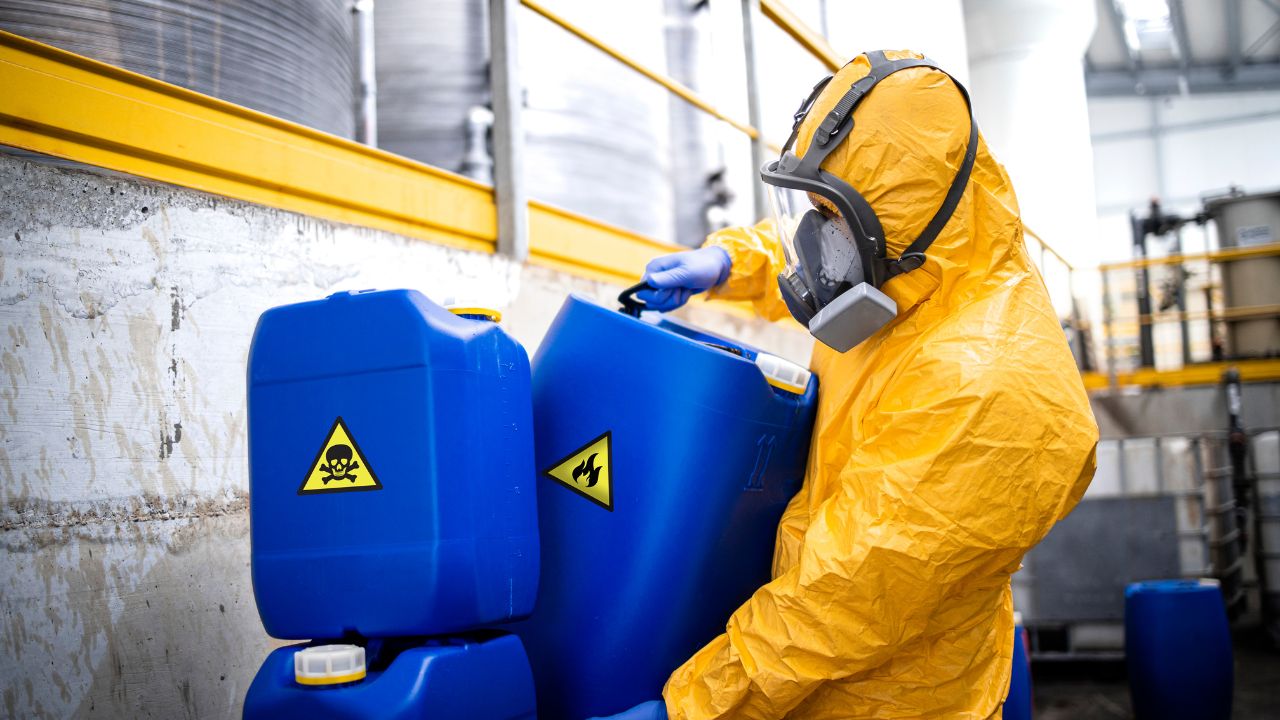
Disinfection Byproducts
Source: Formed when chloramine disinfectant reacts with naturally occurring organic matter in water during treatment
Health Effects: Long-term exposure to high levels may increase cancer risk; current levels are within federal safety standards
Current Status: Total trihalomethanes (TTHMs) at 38.5 ppb and haloacetic acids (HAA5s) at 21.9 ppb, both well below EPA limits of 80 ppb and 60 ppb respectively
Please read – our information
The information presented on cleanairandwater.net is compiled from official water quality reports, trusted news sources, government websites, and public health resources. While we strive for accuracy and thoroughness in our presentations, we are not scientists, engineers, or qualified water quality professionals.
Our mission is to present water quality information in an accessible, real-world format that helps people understand what’s in their water and make informed decisions about their health and safety. We believe that complex environmental information should be available to everyone in a format that’s easy to understand.
We make every effort to ensure our content is current and accurate, but we cannot guarantee that all information is complete or error-free. This website should not replace official communications from your local water utility or health department. We always recommend consulting official sources for the most up-to-date information regarding your specific water system.
Clean Air and Water is not liable for any unintentional errors, omissions, or outdated information. The content on this site is provided for informational purposes only and should not be considered professional advice.
